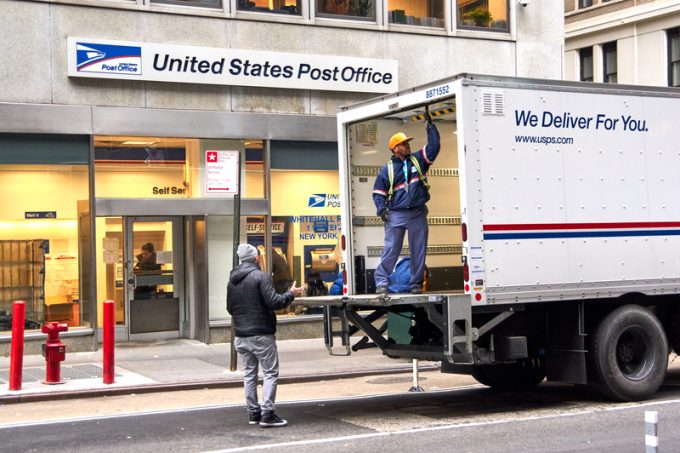Update from Amazon CEO Andy Jassy on Generative AI
Written by Andy Jassy, CEO of Amazon, and published today (17 June): (The message below was ...

Online merchants have one more factor to consider in their choice of parcel carrier for the upcoming peak season.
The US Postal Service (USPS) is dropping peak surcharges this year, whereas FedEx and UPS are levying extra charges; Amazon, which introduced a peak surcharge last year ...

Comment on this article